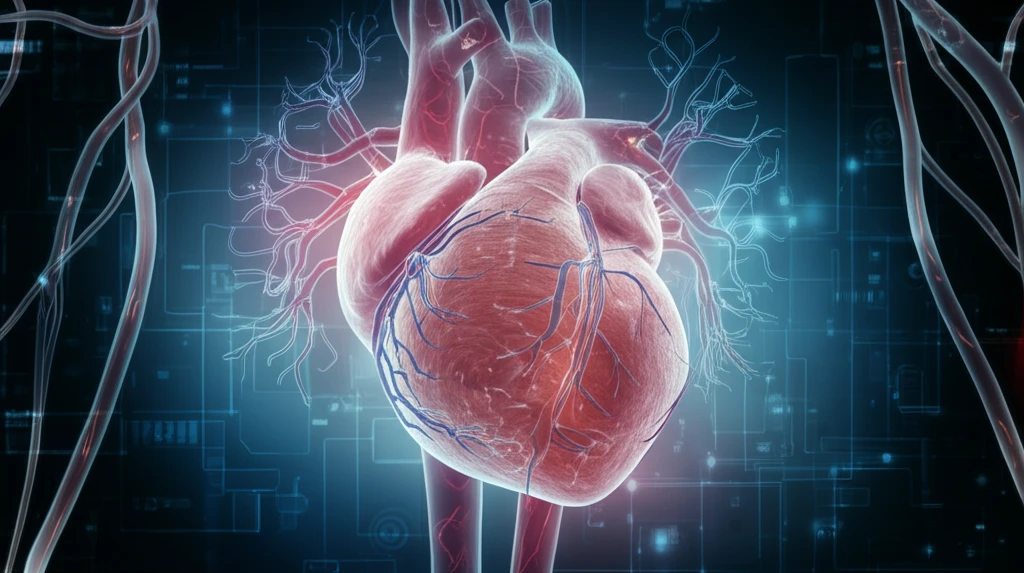
Unmasking Hidden Threats: The Future of Vulnerable Plaque Detection
"Beyond traditional methods, innovative imaging techniques are paving the way for early diagnosis and intervention in atherosclerosis."
Cardiovascular disease is a formidable health challenge globally, with atherosclerosis as a major culprit. Atherosclerosis involves the buildup of plaques within arterial walls, which can obstruct blood flow and, more alarmingly, rupture, leading to life-threatening events such as heart attacks and strokes. Early detection and accurate assessment of these vulnerable plaques are critical for effective prevention and treatment.
Conventional diagnostic tools, while valuable, often fall short in identifying vulnerable plaques and predicting their risk of rupture. This limitation has spurred research into advanced imaging techniques that can visualize the molecular and biological processes driving atherosclerosis. By understanding these intricate mechanisms, medical professionals can develop more sensitive and specific imaging probes to differentiate between stable and unstable plaques.
The development of these advanced imaging probes promises to revolutionize cardiovascular care. These probes aim to identify high-risk changes in vessel walls and plaques with greater precision, enabling more informed decisions and tailored interventions for individual patients. While arterial PET imaging with 18F-FDG has shown promise, its limitations have driven the exploration of alternative PET tracers for molecular imaging of atherosclerosis. This article explores the innovative tracers on the horizon, offering new possibilities for risk prediction and patient benefit.
What Cellular and Molecular Mechanisms Drive Plaque Vulnerability?

Atherosclerosis is a complex process that begins with the activation of endothelial cells, the cells lining blood vessels. This activation can be triggered by factors such as vascular shear stress or localized inflammatory responses. Platelets also contribute by depositing 'footprints' that attract leukocytes, initiating an inflammatory cascade. Simultaneously, vascular smooth muscle cells (VSMCs) undergo significant changes, contributing to the formation of plaques in the subintimal space.
- Leukocyte Infiltration: Leukocytes enter the vessel wall, further promoting inflammation.
- VSMC Transformation: VSMCs change and contribute to plaque formation.
- LDL Accumulation: Low-density lipoproteins (LDLs) accumulate and become oxidized, leading to the formation of foam cells by macrophages.
- Fibrous Cap Formation: VSMCs migrate to form a fibrous cap around the lipid-rich core.
- Necrotic Core Development: Hypoxia in the plaque core leads to necrosis and the upregulation of neovascularization.
- Calcification: Cellular debris calcifies, reflecting the atherosclerotic burden.
The Horizon of Cardiovascular Care
Advancements in imaging technologies offer hope for improved detection and treatment of atherosclerosis. By combining expertise across various fields, researchers are developing tailored imaging radiotracers to differentiate vulnerable plaques. This multidisciplinary approach paves the way for novel diagnostic and therapeutic strategies, ultimately improving outcomes for individuals at high risk of cardiovascular events.
